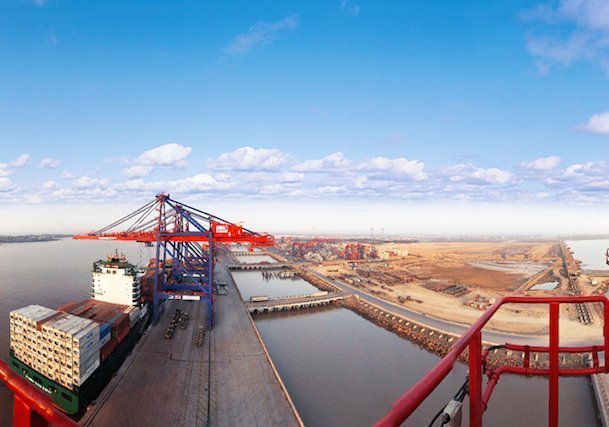India: the future of shipping?

Mark Williams, managing partner at Affinity Research, ponders just how much the world’s largest democracy can bolster global maritime fortunes.
October marks the start of the annual conference season. Hotels around the world have sent the tourists home and are bursting with delegates wielding goody bags containing packed agendas, USB powered trinkets and rubber ducks. Our own Fotios Katsoulas speaks about tanker markets in Cyprus this week while I’ in talking in Dubai talking about the technological outlook for shipping markets.
It’s remarkable how popular Indian cities have become on the conference circuit. The delights of Goa for instance make a colourful backdrop to the usual smorgasbord of charts, graphs and statistics. The bustle of Mumbai holds tempting distractions for delegates beaten into submission from hearing eleven new ways of marketing the latest consumer gadget or testing the latest gene therapy, while Delhi’s imposing post-imperial splendour can put one in in a serious frame of mind en route to a fascinating day of updates on sales of drill bits or frozen yogurt, or even the India Economic Summit held last week.
Conferences get a bad name in shipping as the same old talking heads are wheeled out to burble on about fundamentals and forecasts while the real world remains as unpredictable and volatile as ever. Nonetheless the better conferences remain helpful one or two day catch-ups on the longer term trends in our industry and the global economy. One doesn’t even really need to travel as the option of watching TED talks on YouTube increases in popularity.
This brings us back to India, already the world’s seventh-largest economy, sat between France and Italy. This is going to be the world’s most populous nation, with fantastic natural and human resources, a vast coastline, plentiful land, a tariff-free internal market since July this year, and a generally peaceful outlook on the world. India has also been remarkable for the different way it has developed compared to other Asian nations. Its mining and steel industries remain important, but for a long time it has felt like India was going to use its English and computer language skills to leapfrog from an agrarian to a high-tech economy without getting mired in the middle-income, industrial economy trap.
India is now consistently growing faster (in GDP terms) than China, not least due to Prime Minister Modi’s business-friendly reforms such as the removal of internal tariffs and the Made in India policy. But currently India is a draw for overseas traders as a massive market. Import growth is running at 21% year on year in value terms while export growth is running at half that level, 10.3%. The latest figures will be released this week, with consensus estimates showing a rise in the import growth level to 23% and a fall in export growth to 8%. It can’t just be all the imported conference delegates spending their per diems. Some of it is due to the rapid growth of India’s oil import requirements. Consumer goods also make up a large portion of the increase.
India’s success as a source of qualified IT staff has led to it being the third fastest tech company incubator globally after the US and UK. Expectations are therefore high that India will be at the forefront of Industry 4.0 – the technological giant leap forward that is being built on the three pillars of connectivity (the Internet of Things), automation (robots) and artificial intelligence (robot minds). In addition, the rise of renewable energy sources, 3D printing and new synthetic materials offer a glimpse of an India with a large, environmentally clean manufacturing sector. (If this sort of thing floats your boat, watch out for Kranti Nation: India and The Fourth Industrial Revolution, by Pranjal Sharma and published by Macmillan India in November 2017).
It is estimated that in 1800 India and China were the two largest economies in the world. Then for nearly 200 years their industrial base was wiped out by western competitors, leaving their populations largely dependent on the low incomes available from agriculture. Fifteen years ago as China joined the WTO the shipping industry was unprepared for the massive impact that event would have on our incomes, asset base and industry structure, even though China’s importance to shipping had been growing since the late 1970s era of its special economic zones.
Ten years ago, it seemed like India was destined to lag China in industrial development, with a manufacturing sector only one tenth the size of China’s and growing at one tenth the rate. The time has come for India to step up to the plate. In another 15 years we might well be looking back to today and marvelling at the growing influence of this subcontinental powerhouse on how shipping markets have developed. Not perhaps only in terms of ships owned or tonnes of cargo moved, but in terms of how ships are designed, built, operated and managed. India may not build new cities like China has, but it may build digital infrastructures to amaze our analogue minds.
